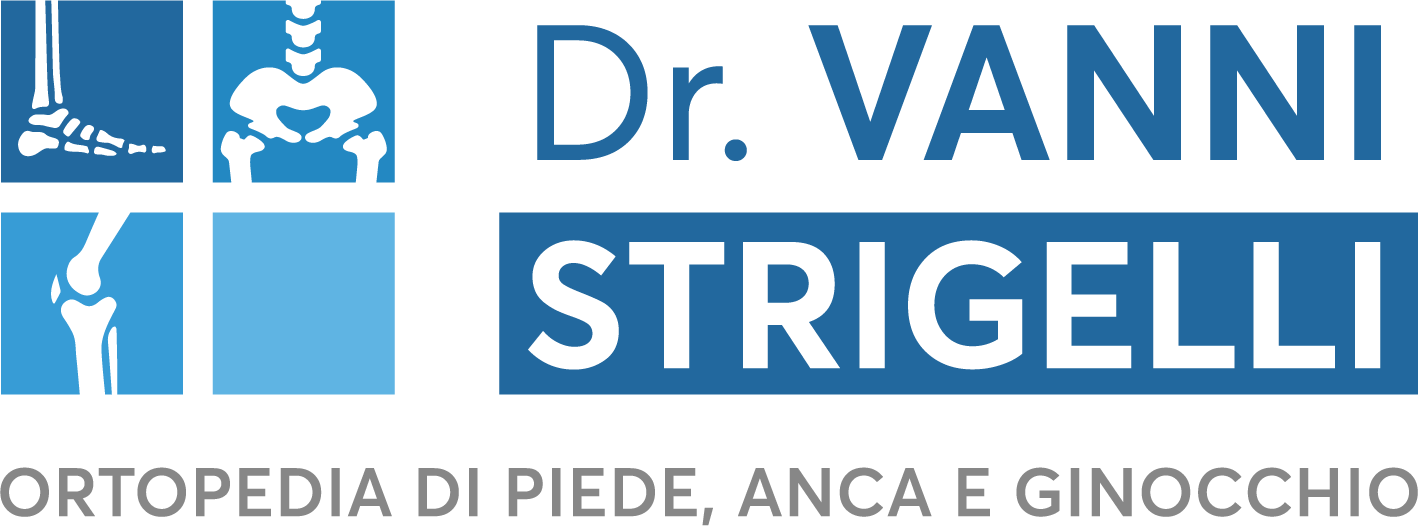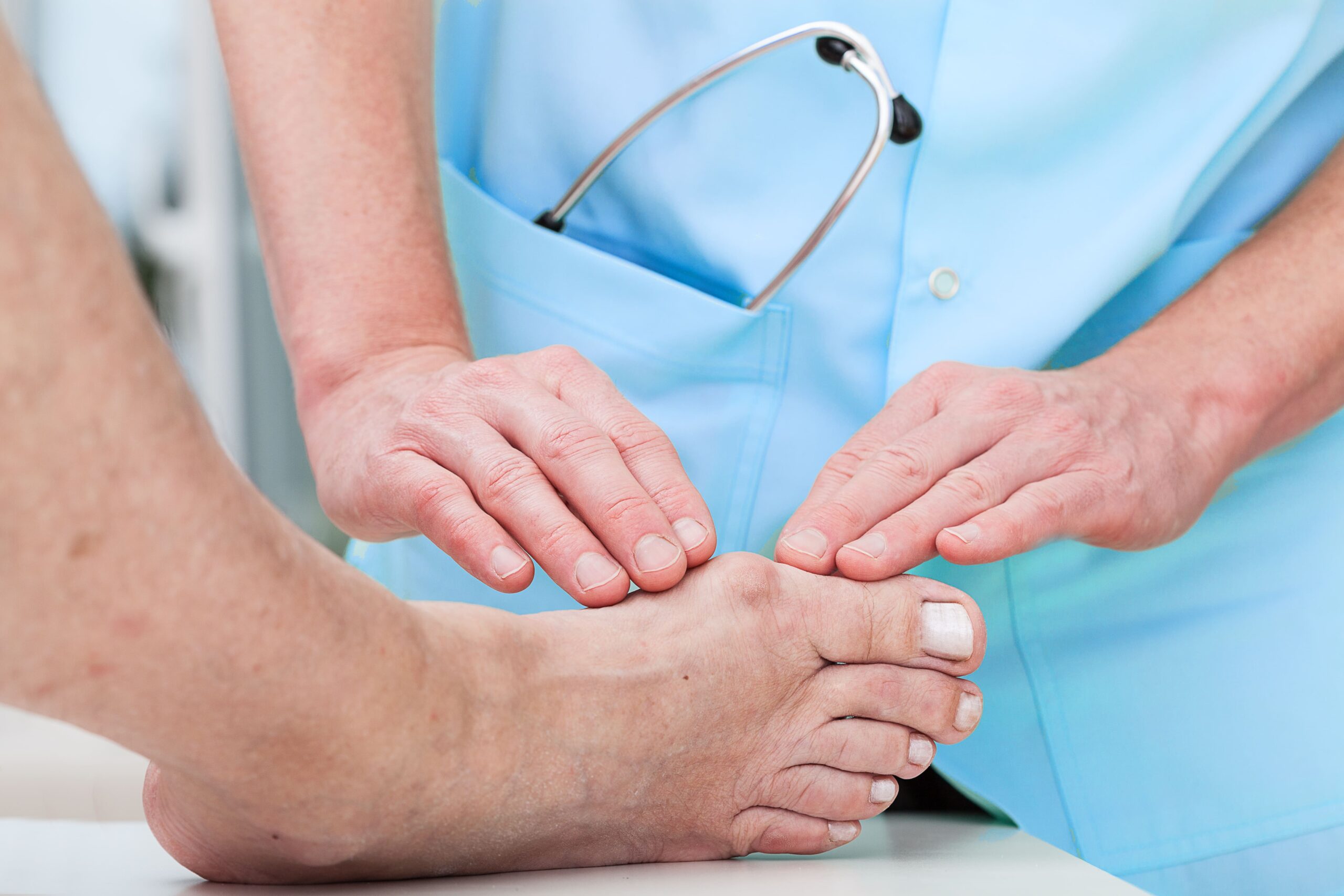How long does convalescence last after hallux valgus correction surgery? Find out in the article.
Hallux valgus is a real foot pathology that can be resolved definitively with a 15-minute surgery, a short convalescence and recovery to everyday life in a very short time.
In this article we see in detail:
- what a hallux valgus is and when to intervene surgically;
- hallux valgus correction surgery;
- how long convalescence lasts after surgery;
- what alternatives there are to surgery to cure the disease.
If you suffer from hallux valgus and want to know when it is best to operate, what type of surgery is recommended and the duration of convalescence, you are in the right place.
What is a hallux valgus and when should surgery be performed?
Hallux valgus is a foot deformity, often disabling, which affects women more than men, characterized by the deviation of the first toe outwards and the protrusion of the bone.
The causes are not fully known, but familiarity and ill-fitting footwear play a role in its onset and worsening.
It is a real pathology, as, if not treated adequately or not kept under control, it causes severe pain and in the most serious cases even walking problems, because, over time, it tends to get worse.
When the deformity causes significant discomfort and pain, surgical intervention must be performed with a corrective procedure.
Hallux valgus correction surgery
Today, thanks to continuous progress in the surgical field and a better knowledge of the biomechanics of the foot, it is possible to act with a minimally invasive procedure.
The minimally invasive percutaneous intervention, which lasts approximately 10-15 minutes, is done under local anesthesia with a single injection behind the calf and gives reliable and reproducible results.
It involves the use of very thin instruments, small surgical drills of the dental type in ‘closed air’, without the exposure of surrounding bones and tissues.
Three small (pointed) incisions are made through which the orthopedic surgeon carries out the corrective surgery, checking and verifying the steps through the presence of intraoperative radiology.
In practice, with this method it is possible to correct bones, tendons and joint capsules as with traditional techniques, without the need for incisions, with tissue saving and without resorting to internal means of synthesis (plates, screws) or external means (metal wires).
The correction obtained is maintained by means of a bandage performed at the end of the operation.
The operation is painless and on the same day of the operation the patient walks with all his weight on the operated foot with a bandage and a shoe with a flat sole.
In summary, all the advantages of the mini-invasive percutaneous technique for big toe correction are:
- speed (average 10-15 minutes of intervention);
- no surgical scars;
- absence of means of synthesis;
- immediate ambulation;
- faster recovery times;
- post-operative complications reduced to a minimum.
How long does convalescence last after hallux valgus surgery?
All these advantages relating to minimal invasiveness allow for a short convalescence with very few rules to follow.
The recovery of a normal life is very rapid, but the convalescence of those who undergo hallux valgus surgery lasts approximately 30 days.
After 30 days the bandage and the special shoe are removed and you can start walking again with a sneaker.
Immediately after the operation, once the anesthesia has worn off, the patient is discharged the same day and can return home walking and carrying weight on the operated foot, wearing a shoe with a flat sole.
During convalescence the correction is maintained by particular bandages which are renewed by the specialist and definitively removed after approximately 30-35 days.
These bandages serve to keep stable the corrections performed in the operating room.
You can move and walk with minimal pain; and if present for the first few days, it can be managed with common anti-inflammatories.
From an aesthetic point of view no scars remain.
Rehabilitation is functional and rapid: as regards everyday activities, the timing may vary from case to case.
Approximately the expected times are:
- after a month you can go back to wearing a normal shoe;
- the return to work is set from one month to two months for heavy work, while it is almost immediate for office work, if desired;
- driving the car is allowed when pressing the pedal does not cause discomfort or pain, generally after a month, therefore after removing the bandage;
- more demanding physical and sporting activities 2 months after surgery.
And only after 3 months will you be able to go back to wearing your favorite heels.
Once the convalescence period has passed and recovery from the operation has been confirmed, the problem is definitively resolved.
What alternatives are there to surgery to cure the disease?
Although surgery is currently the only definitive solution for healing hallux valgus, in the initial stage without compromising daily activities, the disorder can be treated with a conservative method.
These treatments aim to improve the patient’s quality of life, allowing him to continue working and living without possible pain and are:
- interdigital braces: to prevent contact and rubbing of the fingers;
- orthotics: to relieve symptoms;
- ice bags;
- anti-inflammatory drugs.
There are therefore other ways which, even if they do not solve the problem and do not avoid the progression of the deformity, help manage it and make it remain “only” an aesthetic factor.
However, these conservative therapies do not have a curative and corrective effect on the pathology and can lose their effectiveness over the time even in patients who had received benefits from them.
Only surgery guarantees true healing.
If you suffer from hallux valgus contact Dr. Vanni Strigelli, highly specialized in this pathology: he will be able to recommend the treatment best suited to your needs.


